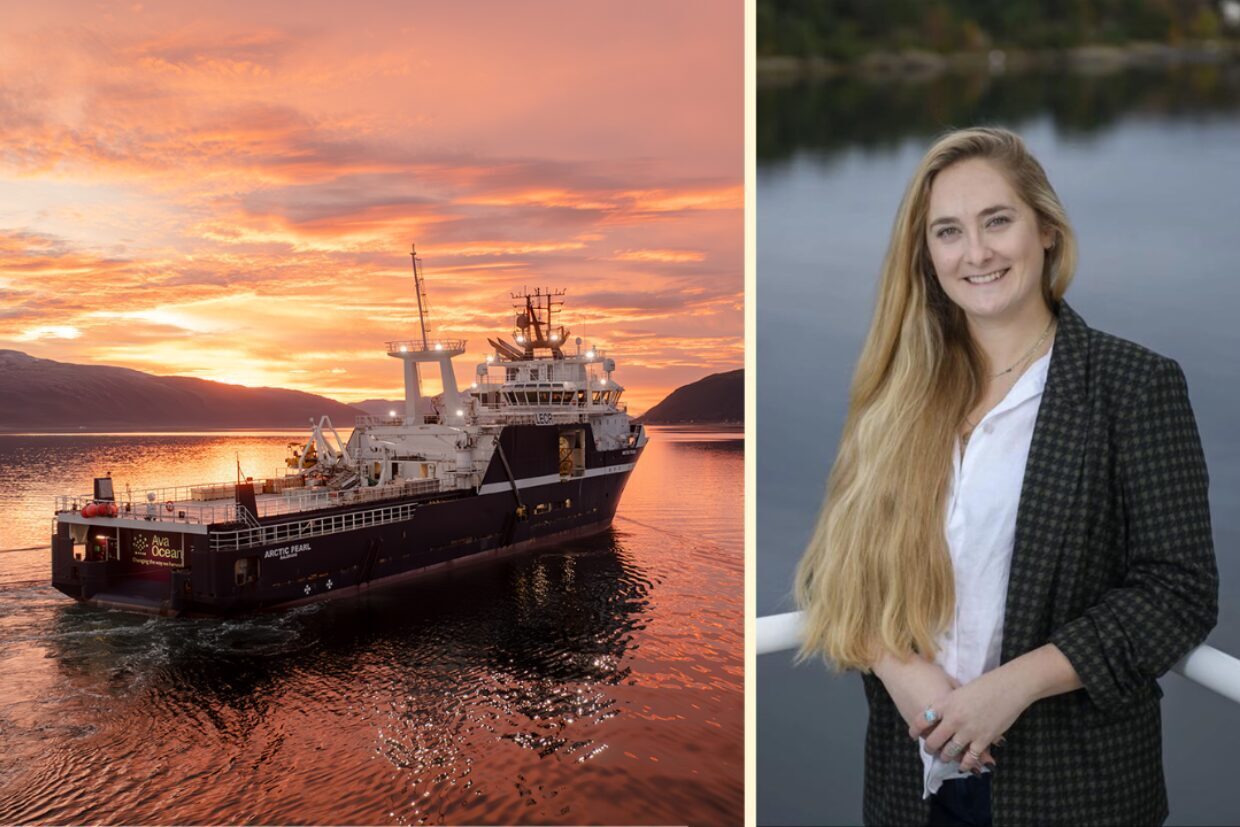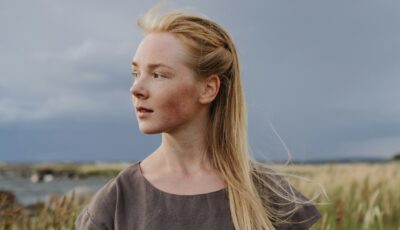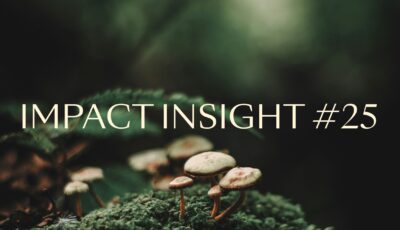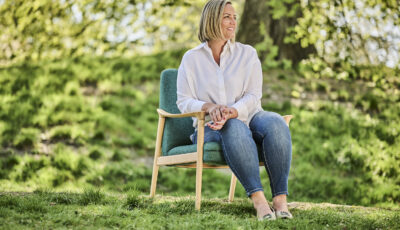Leading Change Below the Surface: Hear from Ava Ocean’s Chief Impact Officer

The seabed plays a crucial yet often overlooked role in maintaining marine ecosystems. Ava Ocean, part of Norselab’s growth portfolio, is working to change that with innovative technology designed to harvest seafood sustainably while protecting the environment.
In this interview, Chief Impact Officer, Dagny-Elise Anastassiou, shares insights on Ava Ocean’s efforts to restore Norway’s kelp forests, the importance of biodiversity, and how their partnership with Norselab is helping to create meaningful progress in the seafood industry.
What has your collaboration with Norselab brought you so far?
- Norselab has been instrumental in making Ava Ocean the fast-growing business it is today. Their support extends well beyond financial backing; their insightful guidance in sustainable business development is invaluable to the Ava Ocean team. Norselab's belief in our vision and encouragement to think boldly are driving us forward to generate real positive change in the seafood industry. Norselab also had the vision to employ a sustainability professional like myself very early on our journey!
You have been involved in a project that aims to restore kelp forests in Norway. What has Ava Ocean’s role been?
- The OceanGreen project is a three-year project that aims to protect and restore kelp forests along the Norwegian coast by addressing the challenges posed by extensive sea urchin populations. It’s a strategic collaboration between industry, civil society, and research environments, where Ava Ocean is taking the lead.
“Zombie” sea urchins are consuming large quantities of kelp, causing seabed desertification. This is problematic because kelp offers vital nurseries for juvenile fish, carbon storage, nitrogen recycling, and erosion protection. The development of specialized harvesters for sea urchins, based on Ava Ocean’s patented technology, is a key aspect of the initiative. Our plan is to create commercially viable products from harvested sea urchins. The potential to revitalize coastal communities through the project is very exciting. I look forward to being part of engaging and educating - and hopefully creating new employment opportunities.

Ava Ocean’s technology is completely novel. How do you ensure it does not harm marine ecosystems?
- We collected our first baseline data for environmental monitoring in 2023. Our current fishing zones were rated 1.6 with the Shannon Diversity Index, which measures a community's diversity by considering the number of species, and evenness in abundance. Over 60 species inhabit our fishing zones! This means we have a great responsibility to maintain this level of biodiversity, and we will actively use this reference point in evaluating and tracking our environmental impact going forward.
What are the changes we still need to see in your industry?
To effectively address the root causes of the challenges we face, we need to increase awareness and understanding of marine ecosystems and their interactions. Although the proliferation of sea urchins is undeniably a leading cause of the decline in kelp forests, overfishing of their natural predators is the underlying cause. Sea urchin populations spike because human activity has disturbed their habitats. While removing sea urchins is an effective long-term solution for restoring kelp forests, the primary challenge remains to rebalance ecosystems through controlled fishing and habitat restoration.
Read more about Ava Ocean


